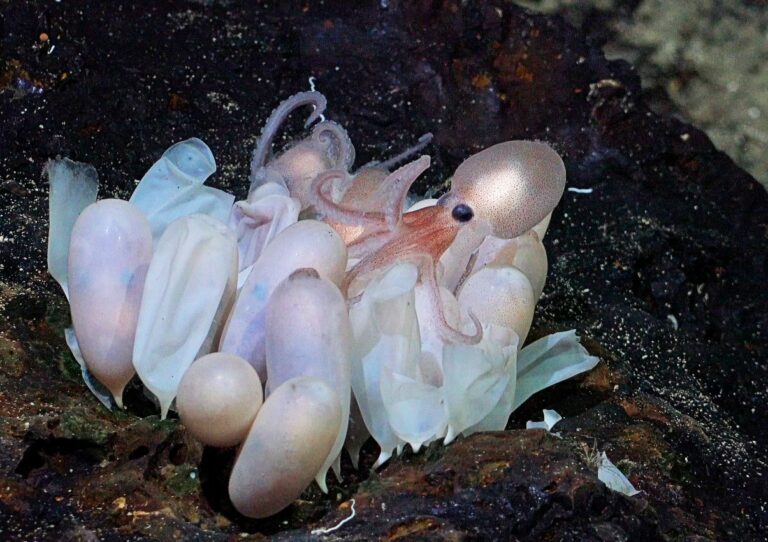A 2.8km-deep octopus nursery, only the third known in the world, was discovered by marine scientists in July as they explored previously unseen seamounts off Costa Rica. As reported on Divernet at the time, the researchers also found what they thought might be – and has since been confirmed as – a new species of the inkless Muusoctopus.
Now the findings from a follow-up expedition in December have been revealed – and it turns out that the team using Schmidt Ocean Institute’s research vessel Falkor and 4.5km-rated ROV SuBastian have discovered not one but at least four new deep-sea octopus species, two octopus nurseries affiliated with hydrothermal springs and a deep-lying skate nursery – all within a 100sq mile area.
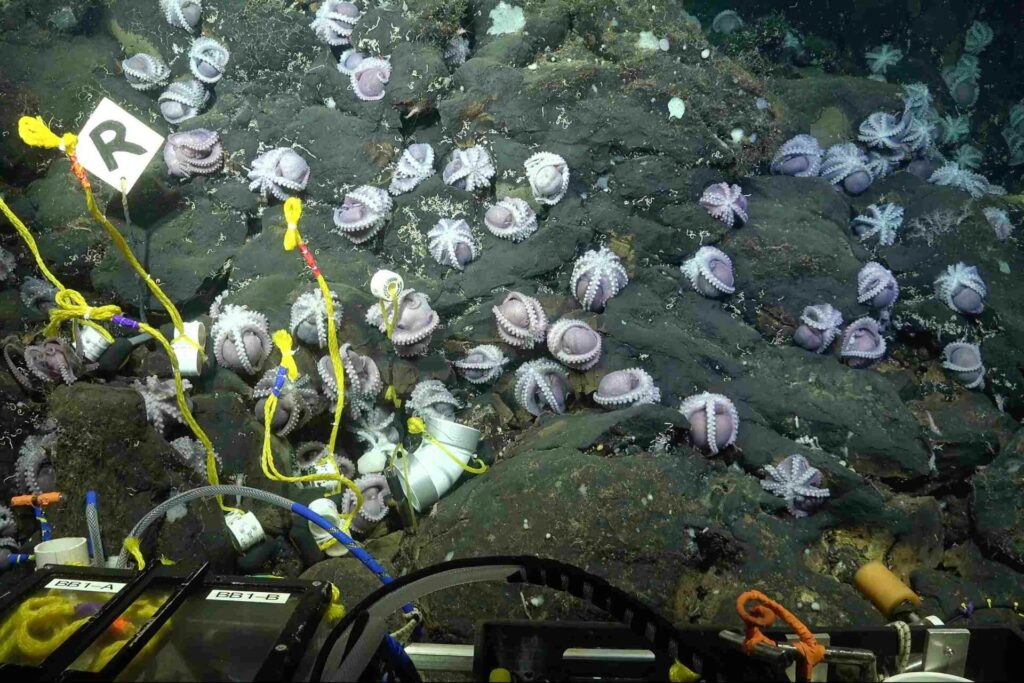

On their return trip the scientists were able to confirm that the octopus nurseries were active year-round.
Both expeditions were led by Drs Beth Orcutt of the Bigelow Laboratory for Ocean Sciences in Maine and Jorge Cortés of the University of Costa Rica, with the new octopus species identified and currently being described by Dr Janet Voight of the Field Museum of Natural History, and Fiorella Vasquez from the Zoological Museum at the University of Costa Rica.
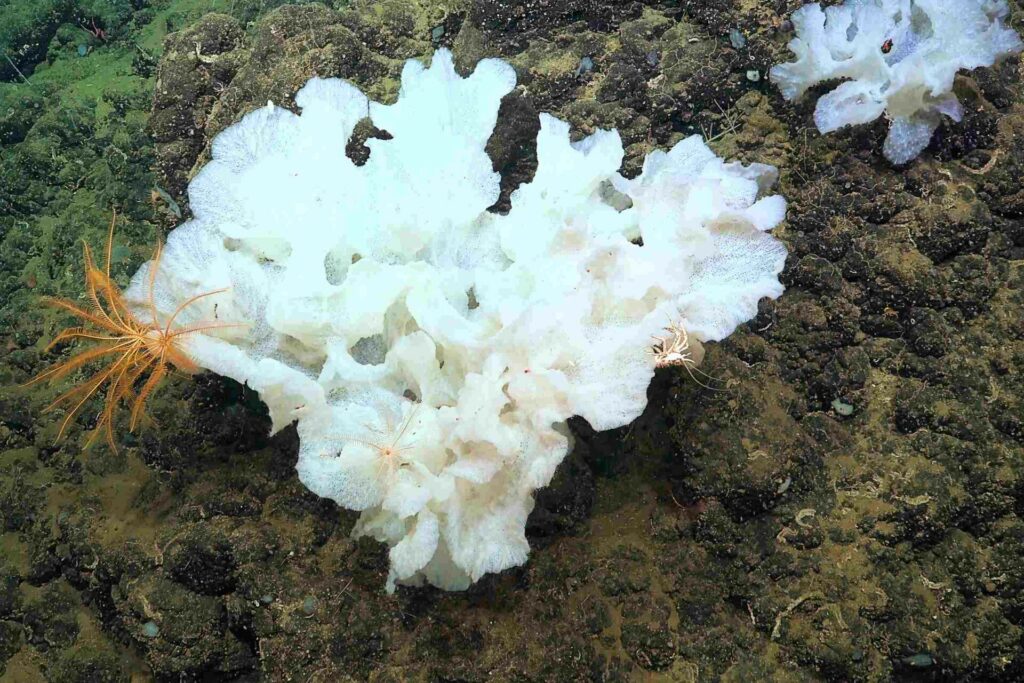
The new Muusoctopus species is to be named the dorado octopus after El Dorado Hill, a small rocky outcrop where it was first spotted. It is a related but distinct species from the pearl octopus found at the site of another deep-sea octopus nursery, California’s Davidson Seamount, in 2018.
Of the four new species, only the dorado octopus was seen brooding its eggs at the hydrothermal springs.
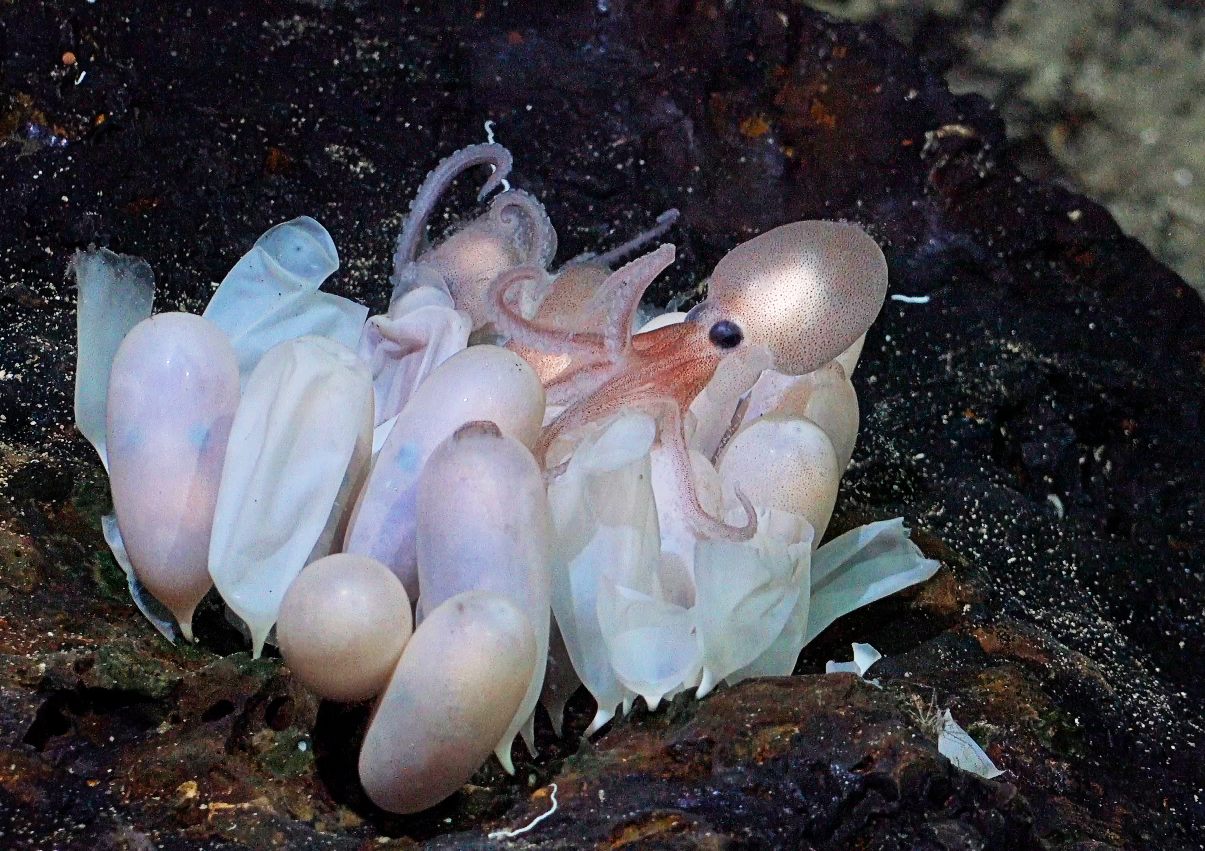
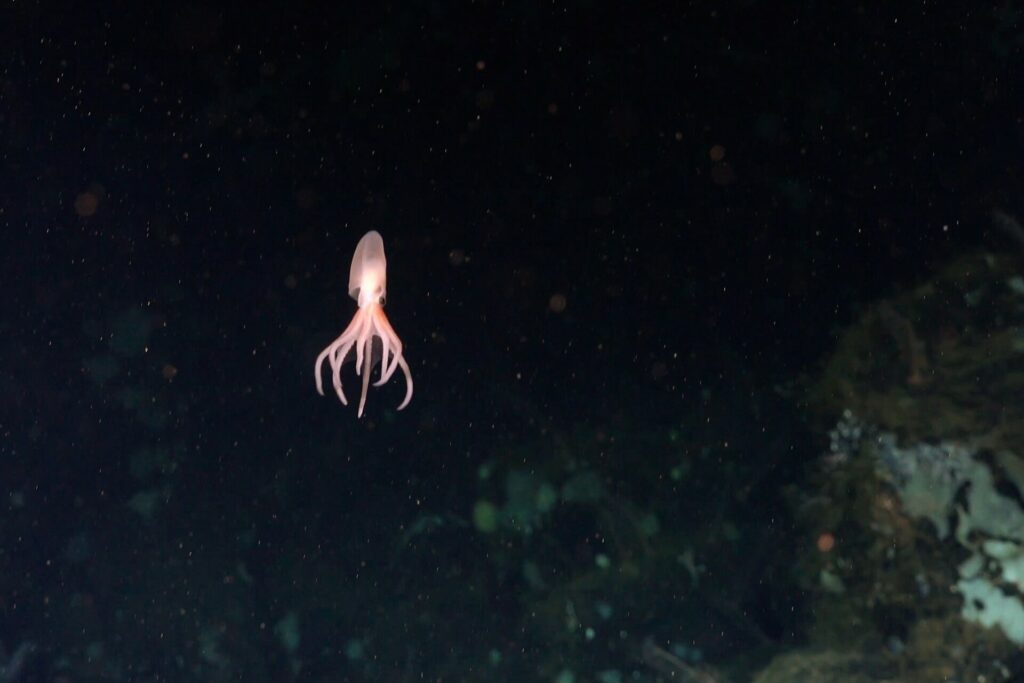
Skate Park
The deep-sea skate nursery was found at the top of another seamount nicknamed Skate Park, while three hydrothermal springs were located 10-30 nautical miles apart. Each one was found to have different fluid temperatures and chemistries.

“Through hard work, our team discovered new hydrothermal springs offshore Costa Rica and confirmed that they host nurseries of deep-sea octopus and unique biodiversity,” said Orcutt.
“It was less than a decade ago that low-temperature hydrothermal venting was confirmed on ancient volcanoes away from mid-ocean ridges. These sites are significantly difficult to find, since you cannot detect their signatures in the water column.”
More than 160 deep-sea animal specimens collected in December are to be archived at the Museum of Zoology at the University of Costa Rica, adding to 150 already collected in June.
This will be one of the first times that all biological specimens from a deep-sea expedition will stay in Costa Rica rather than being sent to the USA or Europe – enabling local scientists and students to access samples for research easily.
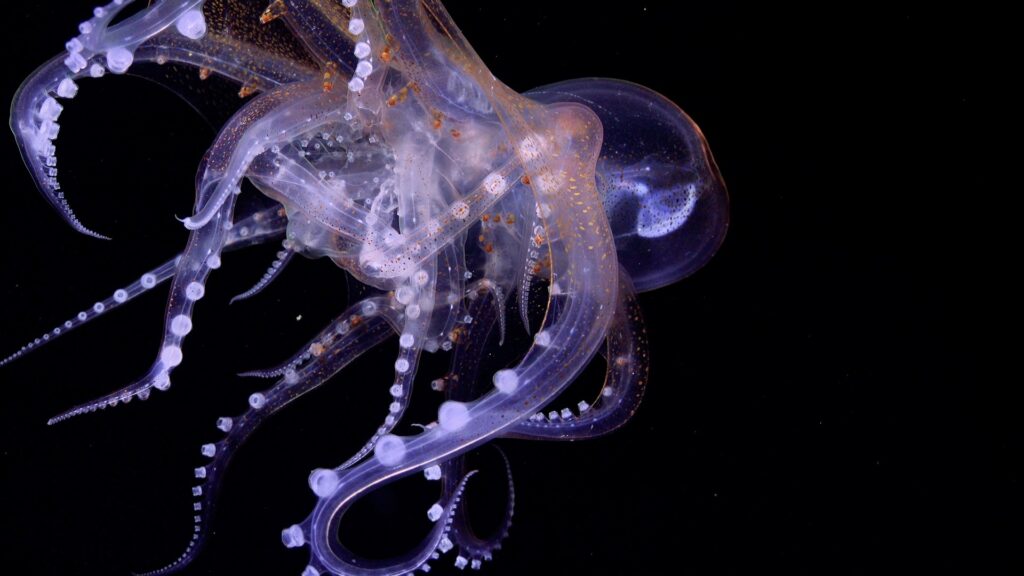
Deep-sea heritage
“The impact of the r/v Falkor expeditions on understanding the deep Pacific waters of Costa Rica will last into the future and hopefully create awareness that evolves into policies to protect the deep sea of the country,” said Cortés.
“I hope that the expedition serves as an inspiration for new generations. We need more international collaborations to advance knowledge of our deep-sea heritage.”
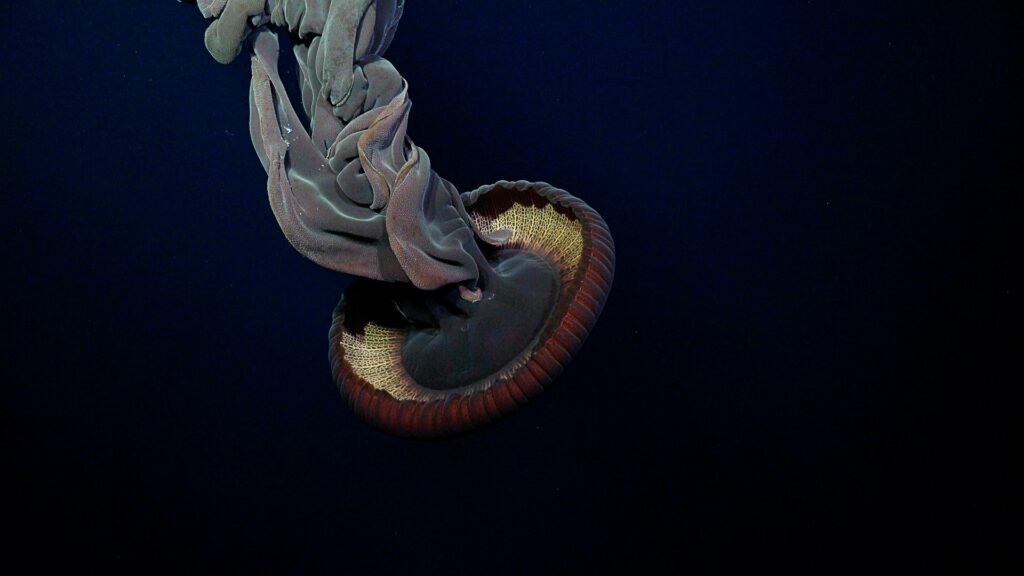
The expedition dives were made publicly available in real time through the Schmidt Ocean Institute livestream. The organisation, established in 2009, provides both its ship and ROV free to the scientific community, working on a 10-year expedition plan.
“In 2024, we will be operating in waters off Peru and Chile and look forward to welcoming scientists from South America on board,” said Schmidt Ocean Institute’s executive director Dr Jyotika Virmani.
More incredible brooding behaviour
The black-eyed squid (Gonatus onyx) is one of only two squid species that brood their eggs, and this one was seen off Costa Rica on one of the Schmidt Ocean Institute “Octopus Odyssey” dives.
The squid mothers have two arms ending in clawed hooks that extend further than the other arms. They use these hooks to suspend a mass of up to 3,000 eggs perpetually for six to nine months, during which time they are unable to feed.
Brooding squid are neutrally buoyant but unable to swim quickly. Although they move even deeper than usual when brooding, they are vulnerable to predation by deep-diving marine mammals such as whales and some seals – all the more so because, as the eggs mature, the mother uses up her stored energy sources and grows progressively weaker.
The eggs are enveloped in a tubular membrane open at both ends, and the squid uses her arms to flush water through them. She will usually die soon after laying the eggs, surviving only long enough to see the young hatch.
Also known as the clawed armhook squid, Gonatus onyx is one of the most abundant cephalopods in the northern Pacific Ocean, found from Japan to California and as far north as the Bering Sea. It is relatively small, with an average mantle length of about 12cm, though individuals in warmer waters have been known to reach up to 18cm.
Females mature faster and grow several centimetres larger than males. Although these squid live in deep water, their young often hunt in packs in shallow coastal waters.
Also on Divernet: Ocean Census targets 100k unknown marine species, Snailfish breaks record for world’s deepest fish, Aliens? Crabs? Bizarre deep-sea holes baffle scientists!, Rare underwater sightings in Pacific
